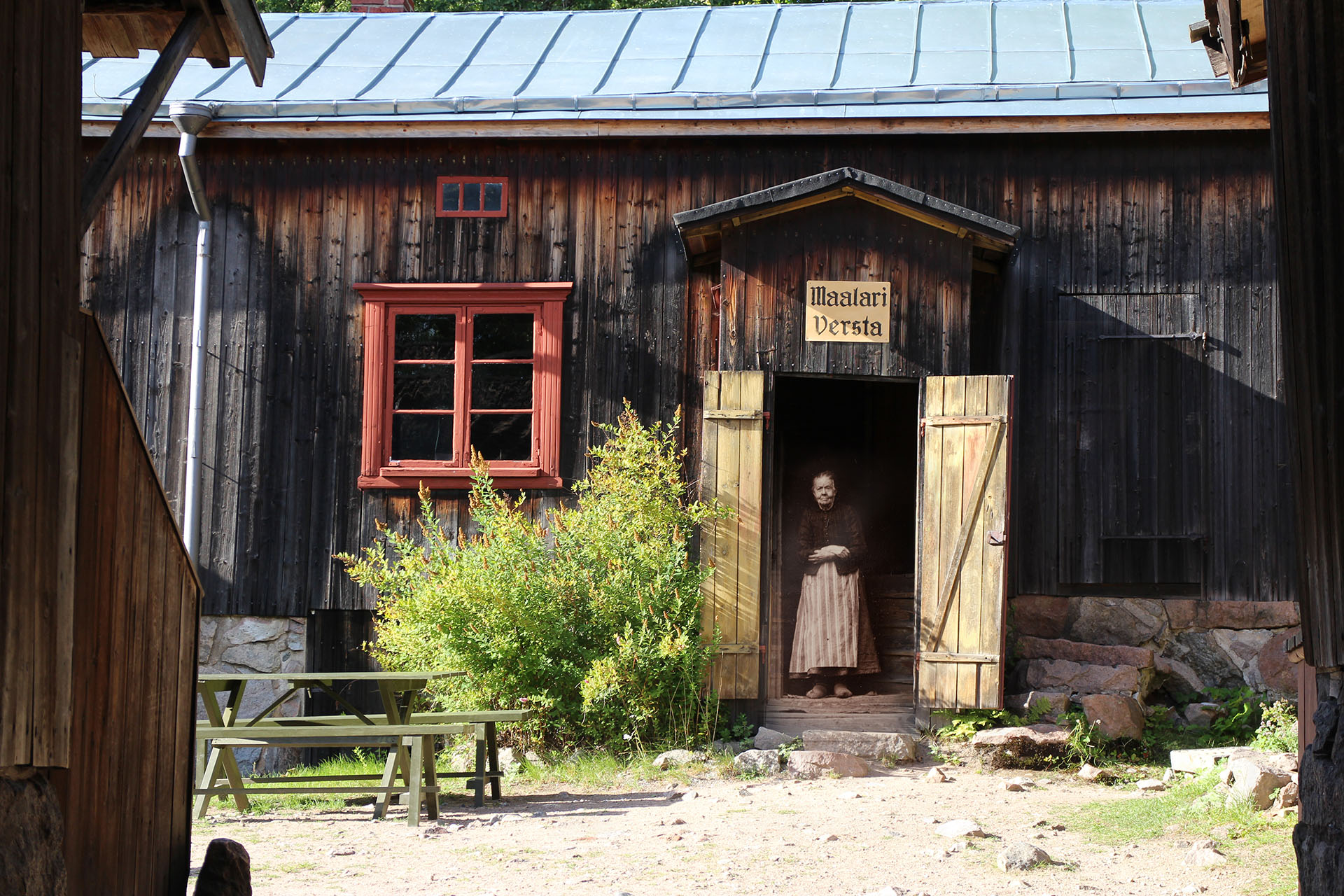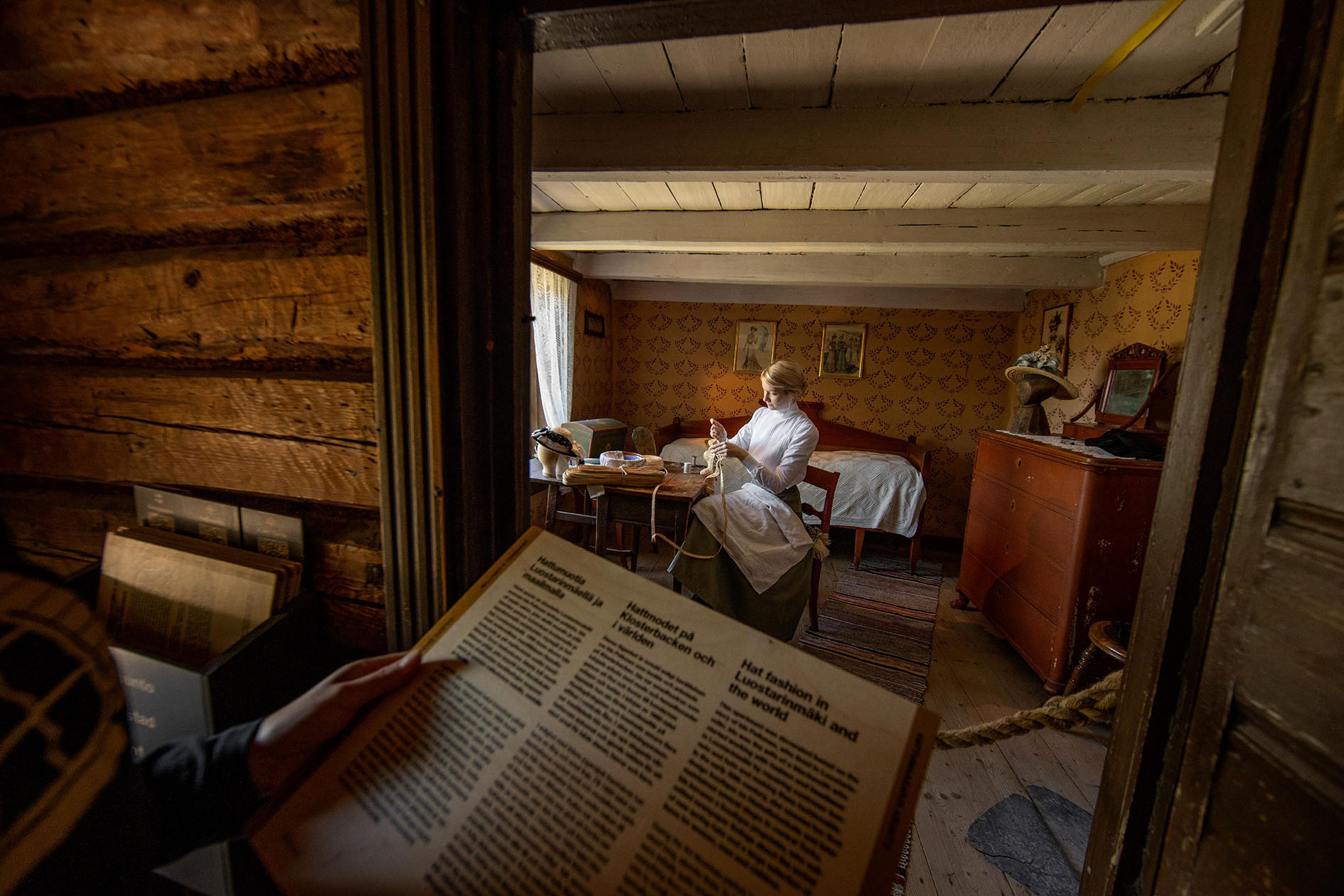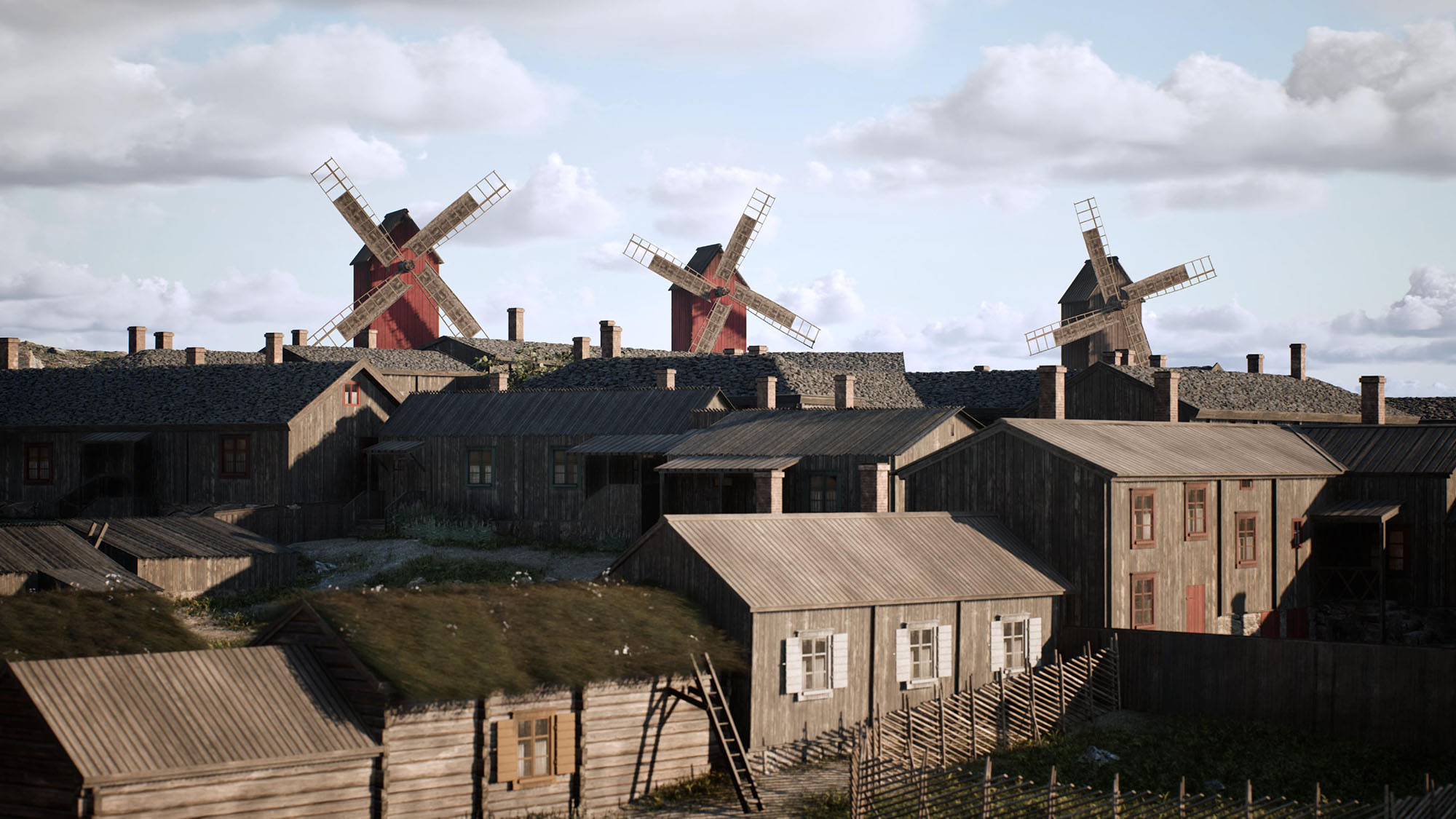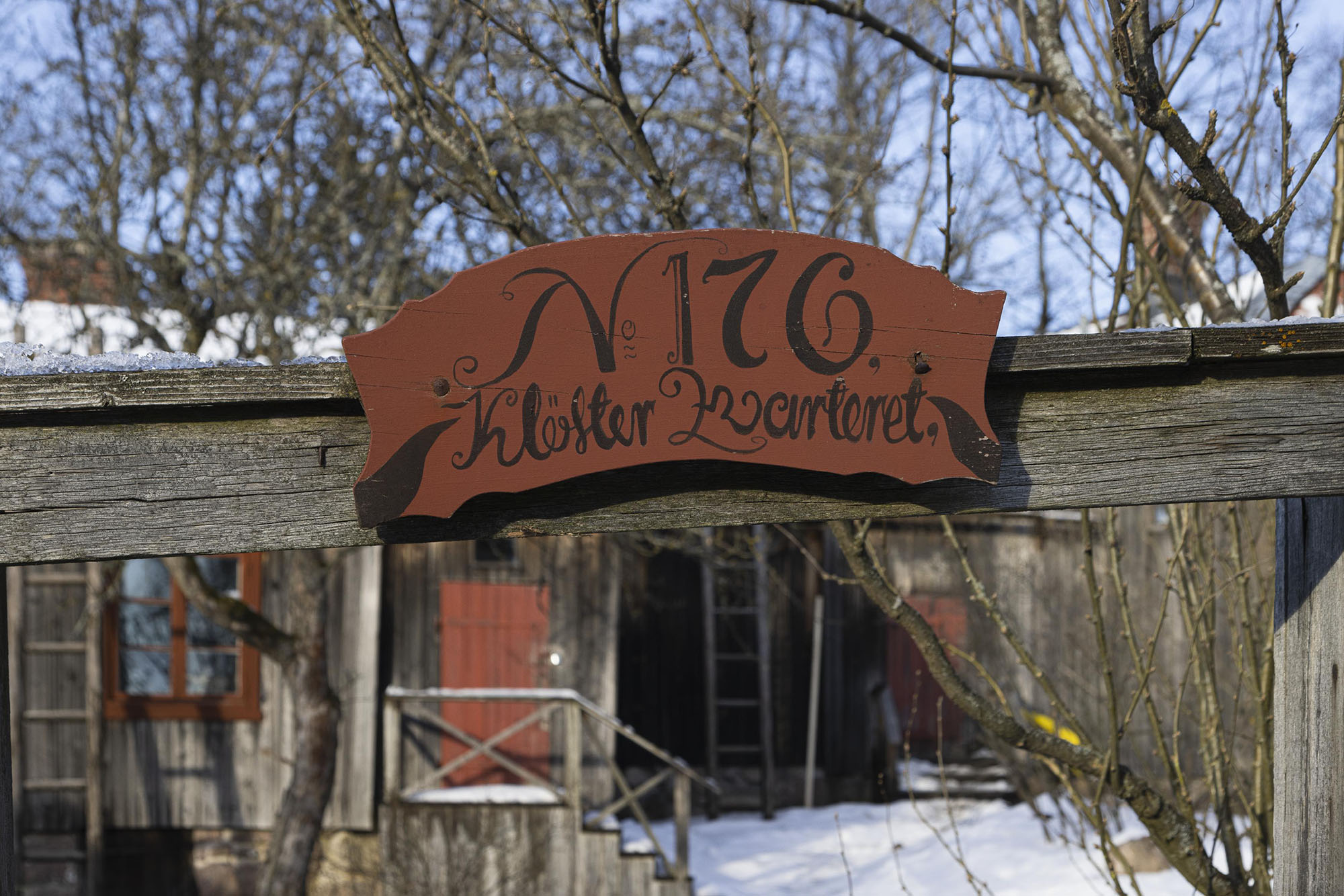Houses and courtyards
On the edge of town
Luostarinmäki is the only continuous district of wooden houses that escaped the Great Fire of 1827 and has survived into our time. The houses, still standing in their original building sites, are more than 200 years old.
Luostarinmäki used to be on the edge of town, where land was cheaper and more affordable to the craftsmen of lesser means who oftentimes moved here from the countryside. Many still upkept rural forms of life, resembling subsistence economy. After the fire a new town plan for Turku was drawn up highlighting fire safety, and the closely built wooden houses in Luostarinmäki were ordered to be pulled down. As a result, the district subsequently started to become rundown, and many of the homeowners moved away. The city of Turku eventually acquired the houses.
A Glimpse into 18th and 19th Century Living
The houses and courtyards in Luostarinmäki illuminate a way of life in the 18th and 19th centuries. The very first inhabitants built small dwellings which were later extended and thus came to form a closed courtyard.
The courtyard was entered through a gate with a sign above it indicating the address of the house. Not all streets had names or the houses addresses before the fire of 1827. The only information as to which address you were in, was the name of the quarter and the number of the plot.
The kitchen-cum-living room was the heart of the home. It was where the family slept, ate and did crafts when they couldn’t work outside. Meals were prepared on an open fireplace, and rye bread was baked once or twice a year in the baking oven. The houses had small granaries and sheds for cows, goats and sheep.
As time went by the houses got new owners who repaired and rebuilt them. People wanted to keep up with the latest styles of the time, and so they planked their houses, enlarged their windows as well as painted and wallpapered their rooms. When the Luostarinmäki district was turned into museum grounds, the houses were restored to the style of the early 19th century.
The dwellers
According to records, the very first residents of Luostarinmäki in the 1700s included a cobbler, sailors, plank carriers, packers and guards, along with their families. In the 1800s, many carpenters moved to the quarter. Their trade and skills enabled them to build their own house. Homeowners also built rooms for tenants to earn some extra income.
The residents of Luostarinmäki had all sorts of backgrounds and trades, ranging from circus acrobats and orchestra musicians to vagrants and innkeepers. The owners of the houses and the tenants in particular, changed frequently. Families with several children lived in even the smallest of spaces. Even though the quarter was primarily populated by people of modest means, there were also a few wealthier households. By the time the 1900s rolled around, most of the residents were single women and elderly tenants.
After Luostarinmäki was made into a museum, the tenants kept on living here side by side with the museum for quite some time. There are still tenants living in some of the houses in the museum area.
Learn more about life in Luostarinmäki
You can explore stories about the inhabitants in the museum’s exhibitions and listen to them on the audio guides.
Visit
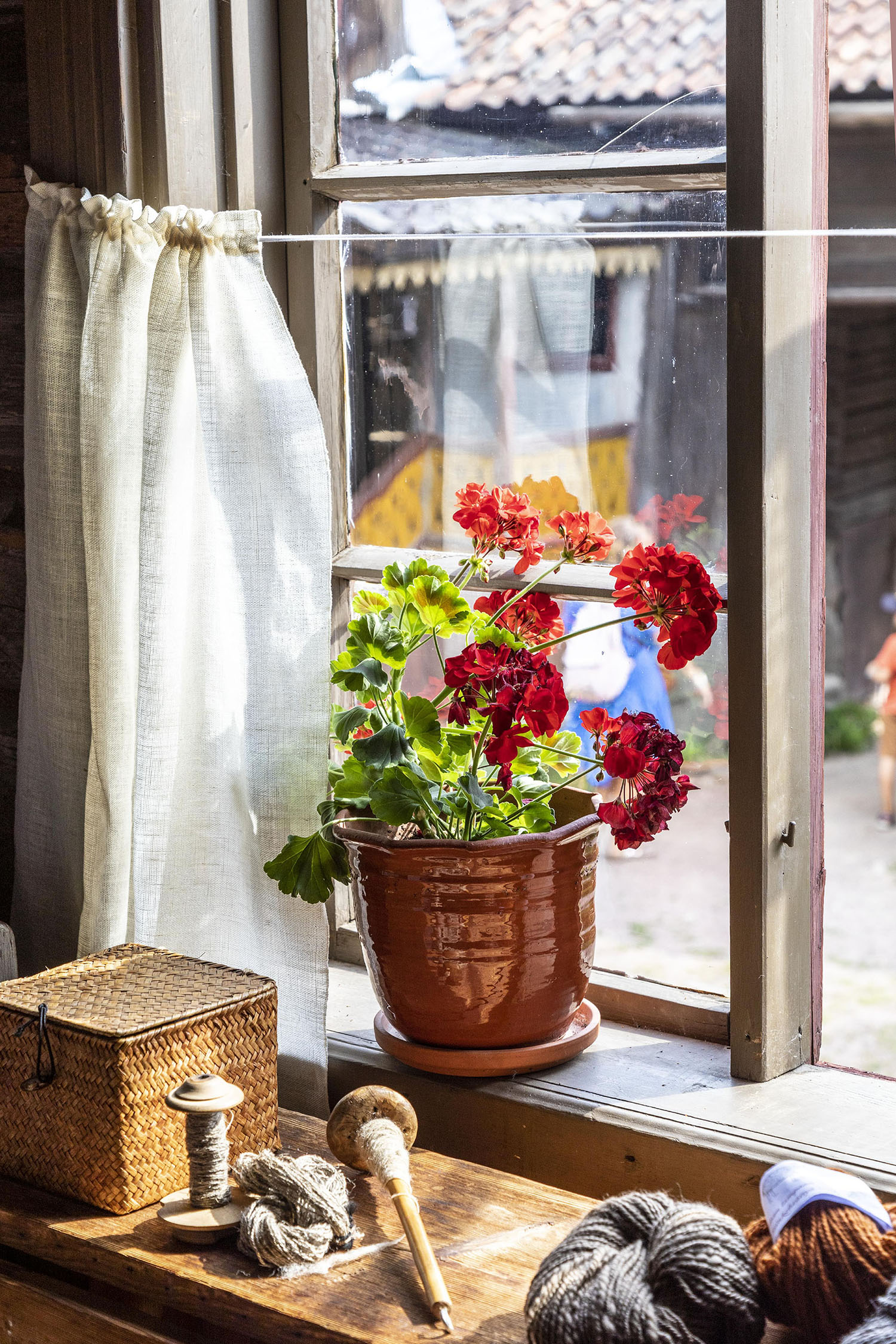
Flora
In the summertime geranium and hot water plants grow on the windowsills in Luostarinmäki. In the flower beds you can find traditional Finnish perennial plants such as bleeding hearts, lychnis, columbine, common soapwort and various lilies.
You can still see remnants of the old rural self-sufficient lifestyle in the courtyards. There are useful plants still growing in the gardens such as potatoes, turnips, spices and herbs including horseradish and chives. You can also admire berry bushes and apple trees planted by former inhabitants on the museum grounds.
Virginia tobacco flourishes as far north as Finland, and it is grown in the courtyard of the Tobacco House.
The strong scent of wormwood repel lice, mites, and fleas. You may see wormwood in the yards, and dried branches hanging in the houses.
Gallery
